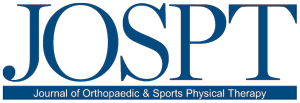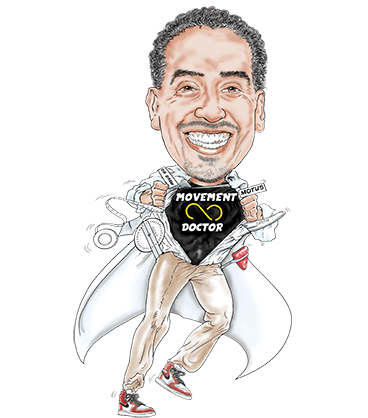How Neuromuscular Electrical Stimulation Can Help Rehabilitation

How is electrical stimulation used in rehabilitation?
Electrical stimulation can be used several ways in rehabilitation. It can be used to stimulate specific muscles directly, or it can be used to stimulate the nerves that control the muscle fibers. This type of stimulation can help improve muscle strength, decrease pain, and promote healing. In this blog post, we will discuss how electrical stimulation can be used in physical therapy to help patients recover from injuries or surgery.

What is Neuromuscular electrical stimulation (NMES)?
Neuromuscular electrical stimulation or NMES uses a low-frequency current to stimulate the nerves in desired muscles, causing them to contract. The action enhances muscle strength and endurance, motor learning, and muscle re-education. The NMES treatment also works to reduce swelling and pain in the muscles.
When you exercise, your brain sends a signal to your muscles to contract and relax. On the opposite side, the NMES machine uses electrical current to contract and relax muscles with you. Basically, the unit artificially sends signals through the desired group of muscles to the brain. This way, the device treats the muscles and reduces pain naturally.
Neuromuscular electrical stimulation enhances muscle activation in weak muscle groups. NMES uses a mechanism that carries electrical pulses through neurons. Those inputs cause a muscle contraction. Electrical stimulation therapy improves movement flexibility, strength, and reduces fatigue.
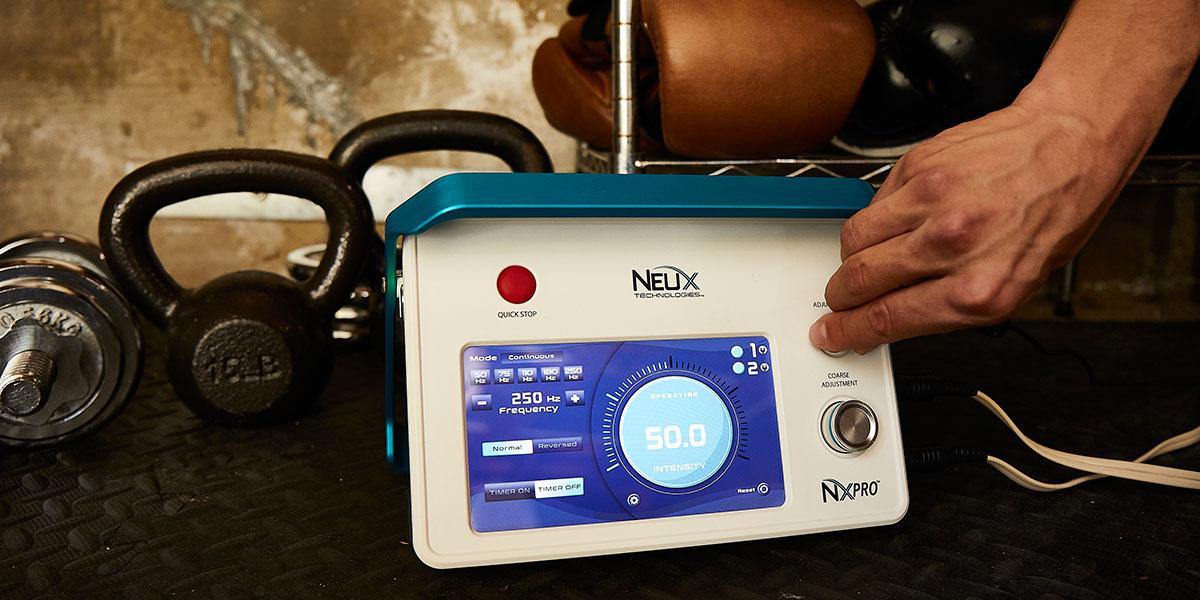
What are some of the benefits of using neuromuscular
electrical stimulation in rehabilitation?
Some benefits of using NMES in rehabilitation include:
Improved muscle strength
Decrease pain
Promoted healing
Improved movement flexibility
Reduced fatigue
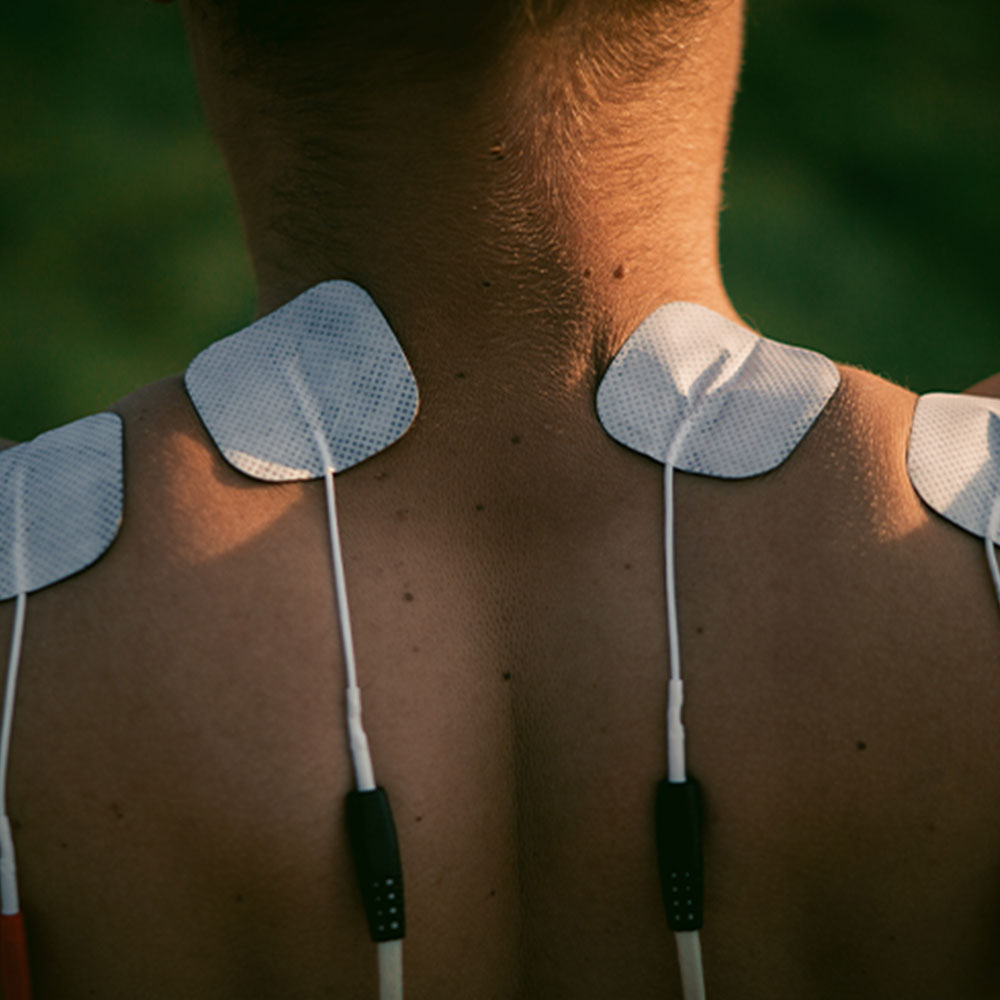
Is Neuromuscular Electrical Stimulation Effective?
Neuromuscular electrical stimulation is becoming a popular alternative to myochine-induction as a healthy way to increase strength and flexibility. NXPro by Neu-X Tech is a safe and reliable NMES device which can help in promoting muscle function as well as health. The interactive NMES is used to train and strengthen muscle.
Example of using NEMS clinically:
Following ACL (anterior cruciate ligament) reconstruction patients often have significant muscle atrophy of their quadriceps. Your physical therapist may include the use of Neu-X neuromuscular stimulator early to help combat the quadriceps atrophy with simple table exercises or when re-learning how to walk to improve motor control functionally.
While later on in your rehabilitation program your therapist may utilize the same NMES device dynamically to further the thigh muscles strength in functional movements like a double leg or single leg squat.
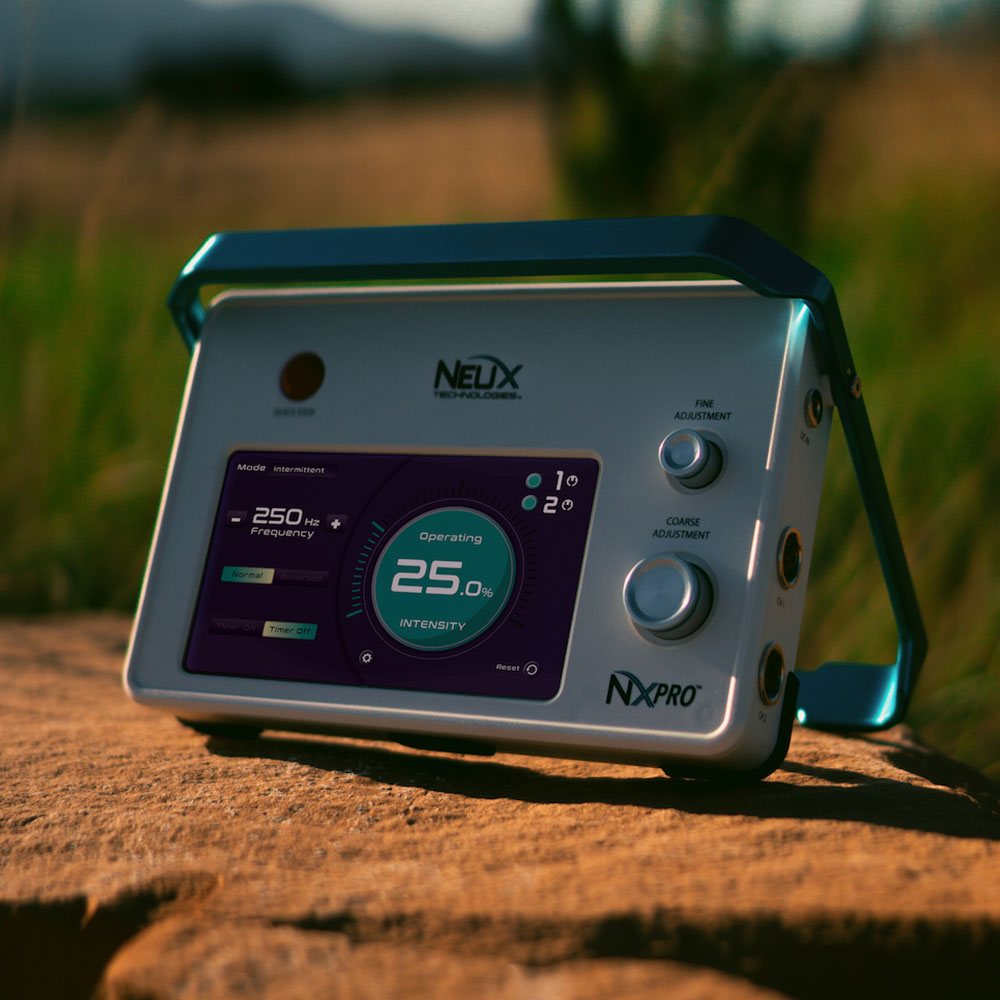
Is NMES the same as Electrical Muscle Stimulation (EMS)?
Yes. EMS stands for (Electrical Muscle Stimulation), also known as NMES, is predominately used to prevent, or reduce muscle atrophy. Atrophy is the weakening and loss of muscle tone, which is usually experienced after surgeries or injuries.
Electrical muscle stimulation has been proven to be an effective means of preventing muscle weakness. Electrical muscle stimulation also helps by increasing blood flow to muscle tissue, increasing range of motion, increasing muscle mass and strength, as well as enhancing muscle endurance.
Muscle stimulators have pain management attributes in helping muscle-related pain, such as a spastic muscle, sore muscles, or tight muscles.
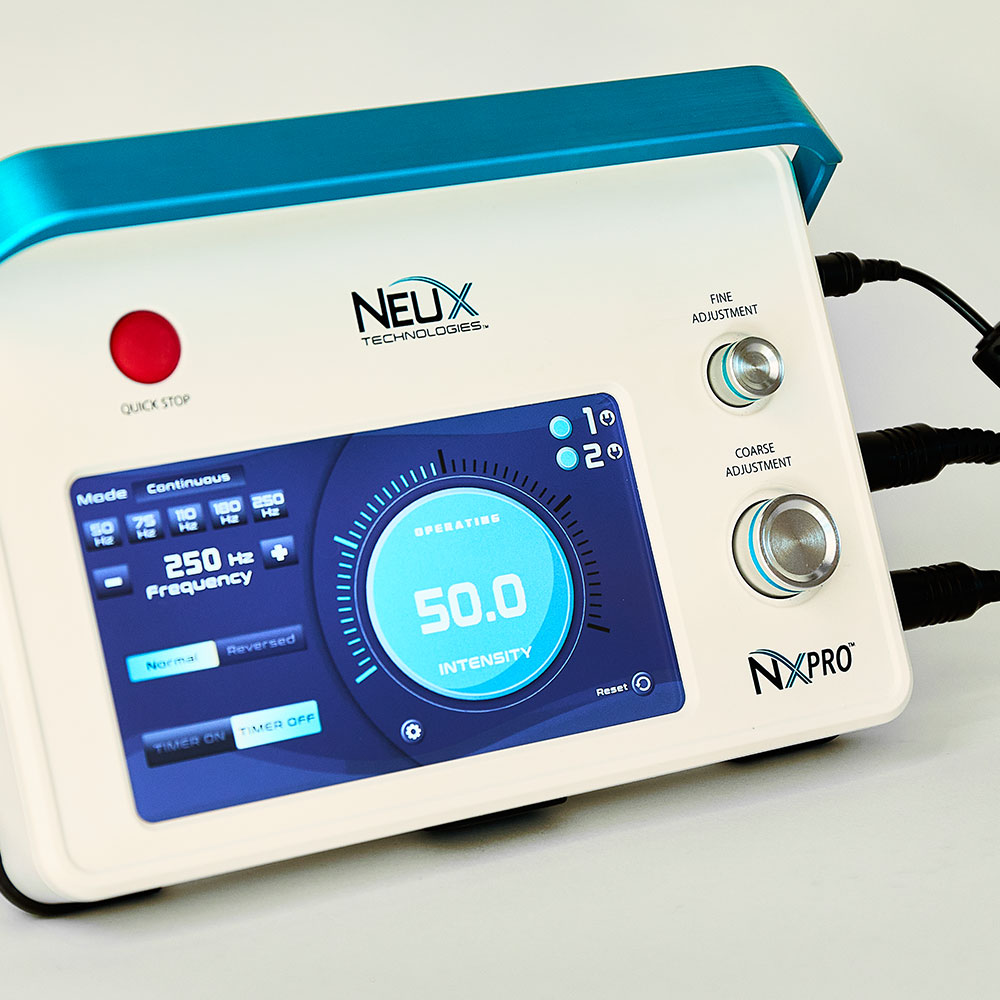
Is NMES the same as Functional Electrical Stimulation (FES)?
Functional electrical stimulation (FES) is intended for relaxing muscle spasms, preventing muscle atrophy, increasing blood circulation, maintaining or increasing range of motion, and especially for re-educating the neuromuscular system. Essentially the same as NMES, but the stimulation is automatically controlled to turn a muscle contraction into functional movements. Functional electrical stimulation is the use of NMES to promote functional activities (ie. walking, squatting, etc).
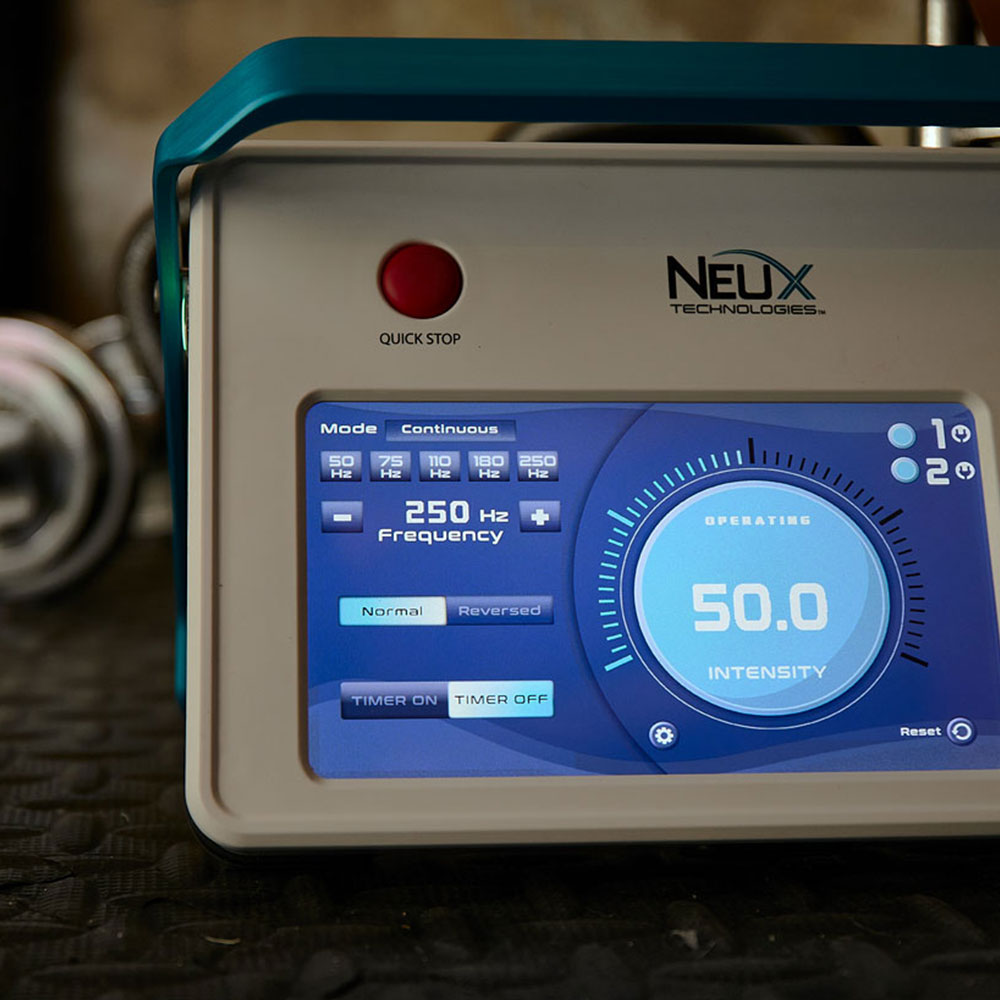
What is the difference between a Transcutaneous
electrical nerve stimulation (TENS) unit and a
neuromuscular stimulator?
Both NMES or TENS use electrical currents as a treatment to treat a person’s injured area. Transcutaneous electrical nerve stimulation is a common, over-the-counter treatment for pain relief that uses mild electrical currents. The stimulating pulses which feels like a slight tingling sensation that helps prevent pain signals from reaching the brain. Transcutaneous electrical nerve stimulation devices also sends electrical impulses to produce higher levels of your body’s own natural painkillers, called “Endorphins”.
TENS therapy is used for treating both acute and chronic pain caused by various conditions. Here are some of the most common ones TENS has been used for:
- Osteoarthritis
- Fibromyalgia
- Tendinitis
- Bursitis
- Low back pain
- Chronic pelvic pain
- Diabetic neuropathy
- Peripheral artery disease
NMES activates the nerves to stimulate a muscle contraction; therefore NMES is a more intense sensation for the patient as a higher intensity is required to generate a muscle contraction.
Contraindications or Reasons You Shouldn't Have E-Stimulation
There are situations when electrical stimulators are no longer necessary. Physical Therapists need to consider all these reasons to avoid e-stim. It’s best to avoid electrical stimulation. However, we must remind people about health conditions that may negatively interact with e-Stim.
Contraindications include:
- E-Stim should not be used over open wounds or infections
- Do not use if you are pregnant
- People with a pacemaker should not use e-stim
- Do not use if you have a history of seizures
- People with metal implants, such as a metal plate or rod, should not use e-stim on the affected area
- If you have cancer, do not use e-stim close to the tumor site
- Do not use e-stim if you have a blood clotting disorder
When in doubt, always consult with your physical therapist to see if e-stim is right for you!
In conclusion the use of electrical stimulation, NMES, can be a great addition to your physical therapy routine whether you’ve recently undergone surgery, have an injury, or are looking to prevent muscle atrophy.
Have you been injured at some point in your journey?
Are you not achieving your highest level of function?
We’ve helped hundreds of people at all walks in life
get back to performing their best painfree!
MOTUS Client
Janelly Farias
PT's to the Pro's, Stars and Skeptics
Discover why the pro's, protective parents, and weekend warriors trust our 4P Joint By Joint Approach™.

Lorem Ipsum
Daughter
Lorem ipsum dolor sit amet, consectetur adipiscing elit. Nam eget sollicitudin metus, sed euismod purus. Donec quis mauris in ligula luctus accumsan vitae a sem. Morbi hendrerit, justo auctor mattis vulputate, diam sem imperdiet metus, non vehicula arcu arcu in dui. Cras nec sollicitudin diam. Pellentesque finibus metus at dui gravida semper.

Lorem Ipsum
Professional Golfer
Lorem ipsum dolor sit amet, consectetur adipiscing elit. Nam eget sollicitudin metus, sed euismod purus. Donec quis mauris in ligula luctus accumsan vitae a sem. Morbi hendrerit, justo auctor mattis vulputate, diam sem imperdiet metus, non vehicula arcu arcu in dui. Cras nec sollicitudin diam. Pellentesque finibus metus at dui gravida semper.

Lorem Ipsum
Lawyer
Lorem ipsum dolor sit amet, consectetur adipiscing elit. Nam eget sollicitudin metus, sed euismod purus. Donec quis mauris in ligula luctus accumsan vitae a sem. Morbi hendrerit, justo auctor mattis vulputate, diam sem imperdiet metus, non vehicula arcu arcu in dui. Cras nec sollicitudin diam. Pellentesque finibus metus at dui gravida semper.

Lorem Ipsum
NFL
Lorem ipsum dolor sit amet, consectetur adipiscing elit. Nam eget sollicitudin metus, sed euismod purus. Donec quis mauris in ligula luctus accumsan vitae a sem. Morbi hendrerit, justo auctor mattis vulputate, diam sem imperdiet metus, non vehicula arcu arcu in dui. Cras nec sollicitudin diam. Pellentesque finibus metus at dui gravida semper.
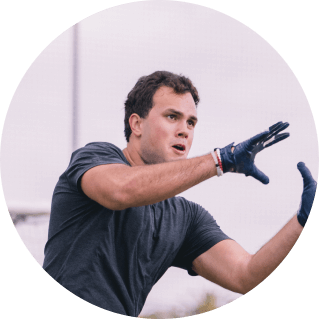
Lorem Ipsum
NFL
Lorem ipsum dolor sit amet, consectetur adipiscing elit. Nam eget sollicitudin metus, sed euismod purus. Donec quis mauris in ligula luctus accumsan vitae a sem. Morbi hendrerit, justo auctor mattis vulputate, diam sem imperdiet metus, non vehicula arcu arcu in dui. Cras nec sollicitudin diam. Pellentesque finibus metus at dui gravida semper.
It's time to toss out the old school
physical therapy playbook.
We'll never hand you a stack of those black and white exercise printouts.
MOTUS Client
Sam Darnold
MOTUS Client
Kyle Allen
Level up on rehab and prevention and get back to the activities you love
Schedule A Call
We'll walk you through our 4P Joint Approach™ and set up your 60-minute 1:1 consultation.
Get Your Personalized 4P Plan
We'll pinpoint the source of your pain and design a plan to restore movement along the entire kinetic chain.
Start Moving Again
Get an edge on injury prevention, relieve joint and muscle pain, and return to activities you love with confidence.
Stop wondering if you'll ever
get back to being you.

Professional Photographer
3 Ways to Level Up Your Rehab and Injury Prevention With Us
3 Ways to Level Up Your Rehab and Injury Prevention With Us







